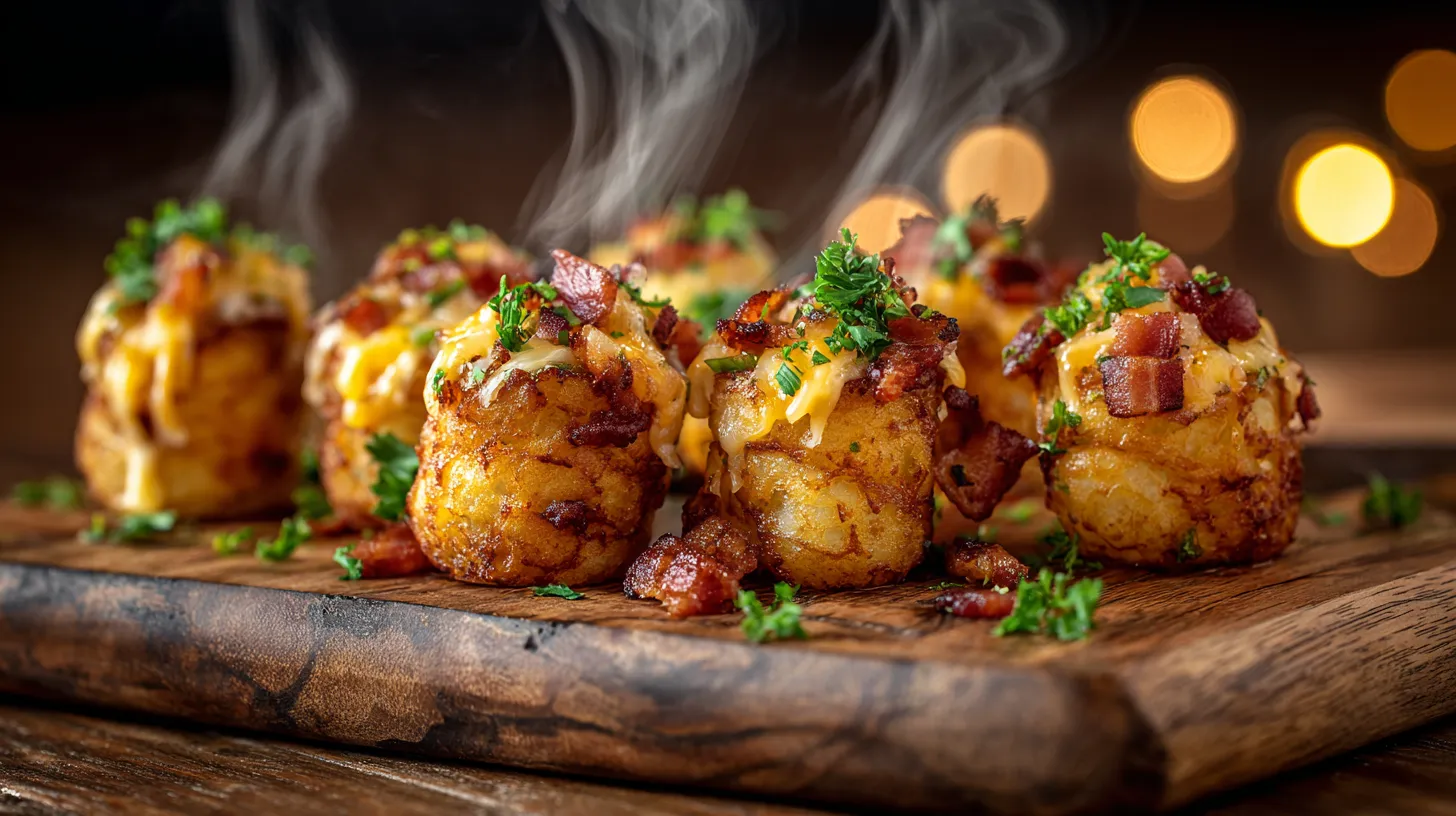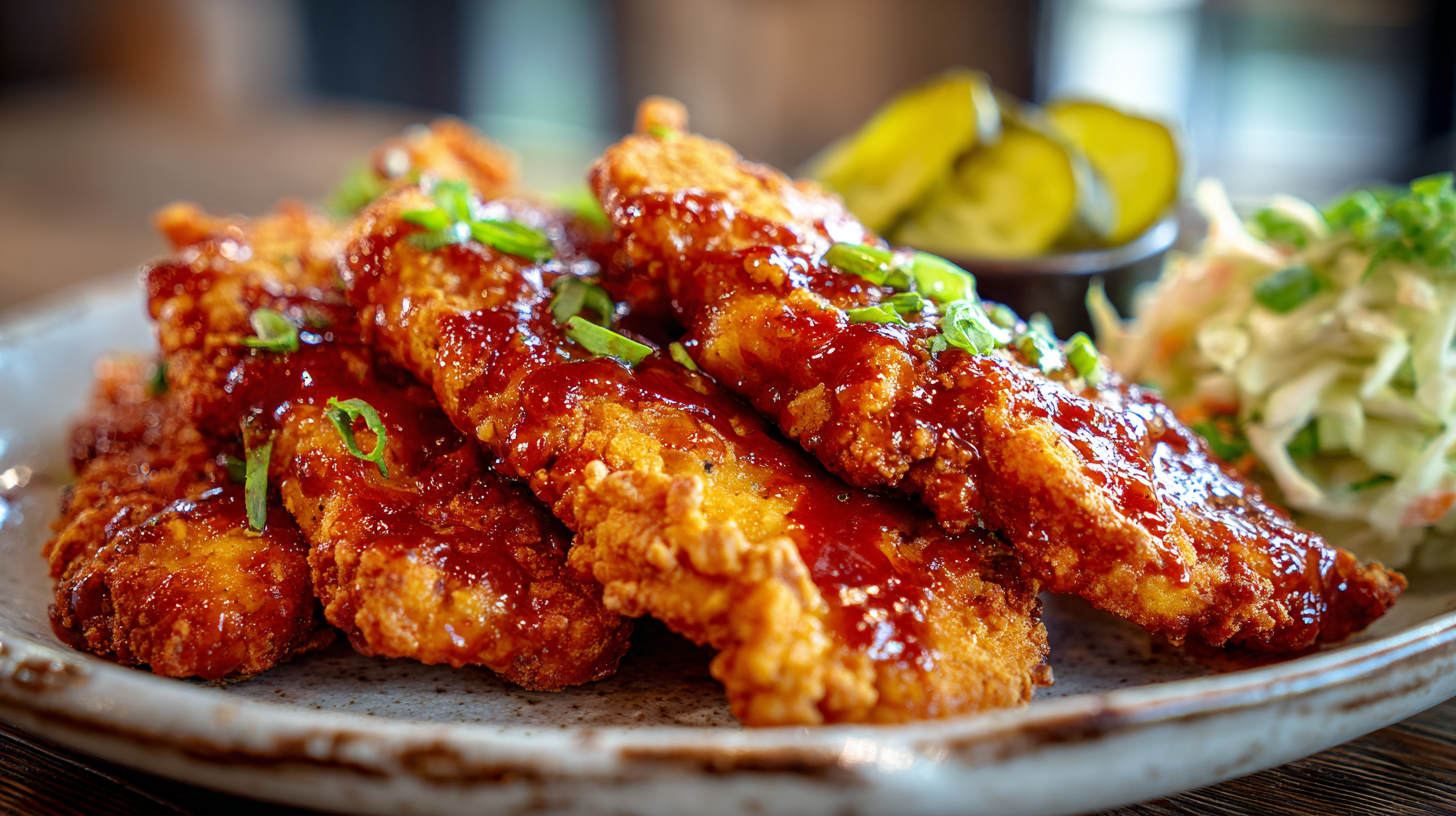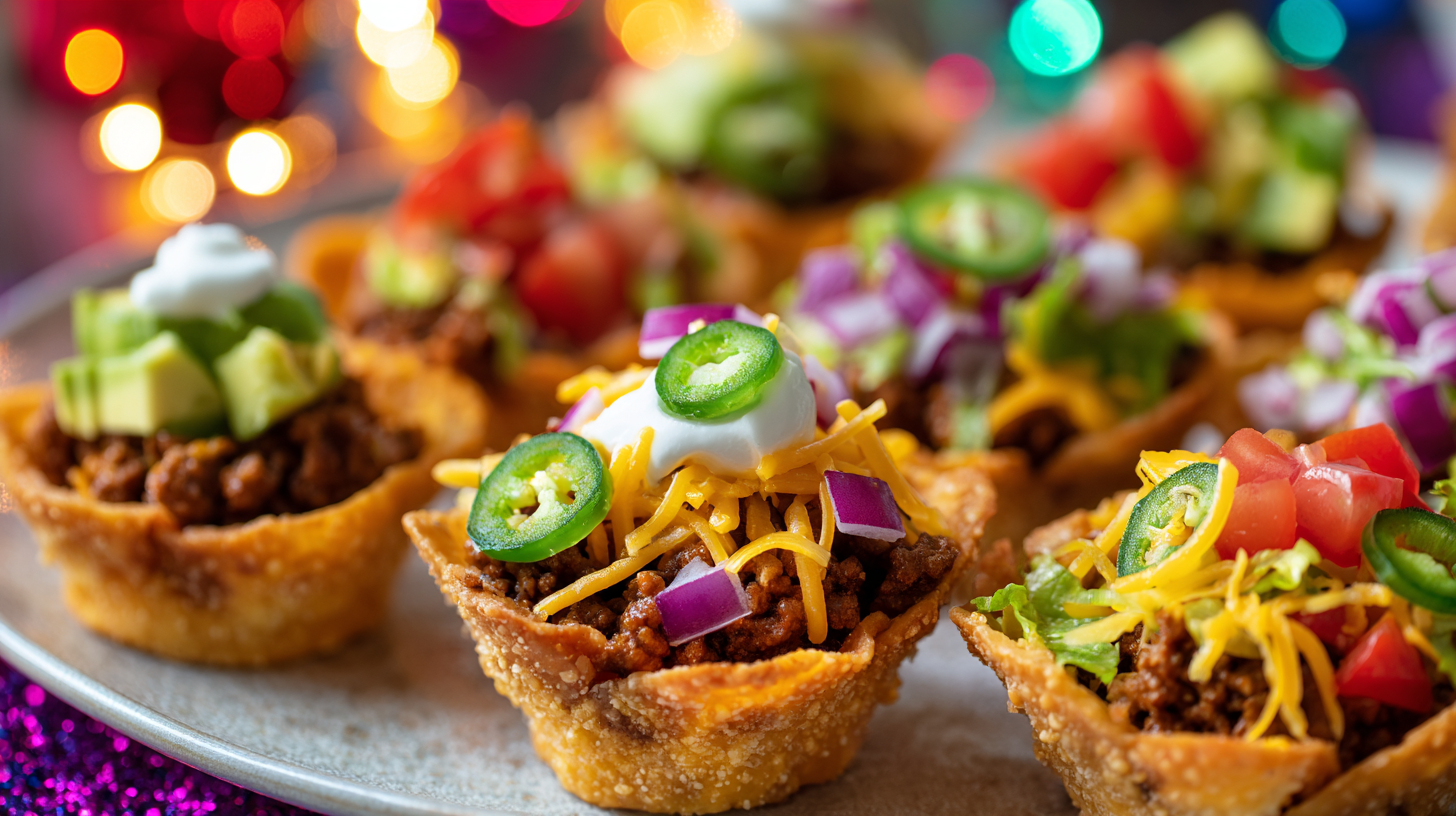White beans and ham, a dish steeped in tradition, offers a comforting blend of flavors that have been savored across generations. The key to its heartwarming taste lies not just in the ingredients, but in achieving the perfect texture and consistency. This guide will walk you through the steps and techniques to thicken your white beans and ham, ensuring a dish that’s as delightful to the palate as it is to the soul.
Ingredients and Preparations
Embarking on the journey to perfect your “Thickening White Beans and Ham” begins with a careful selection of ingredients and an understanding of the preparatory steps that lay the foundation for this heartwarming dish:
- White beans: The backbone of the dish, white beans offer a creamy texture and a mild, versatile flavor. Ensure you have a sufficient quantity, as they are the primary ingredient.
- Ham: Opt for a well-smoked ham to impart a robust, savory element to your dish. The smokiness of the ham will infuse the beans with a depth of flavor that is truly irresistible.
- Spices: Customize your dish with a selection of spices according to your taste preferences. Common choices include garlic, onion, bay leaves, thyme, or a pinch of cayenne pepper for a spicy kick.
- Thickening agents (optional): If you prefer a thicker consistency, consider incorporating a thickening agent like flour or cornstarch. These are used to refine the texture of the dish to your liking.
Preparation Steps:
Soaking the Beans: Begin by preparing the white beans. It’s advisable to soak them overnight, which accomplishes two important goals: it significantly reduces the cooking time and makes the beans easier to digest. Simply place the beans in a large bowl, cover them with water, and let them soak. Ensure the water is a few inches above the beans, as they will expand.
Choosing and Preparing the Ham: The choice of ham can make or break your dish. Select a well-smoked ham, which will contribute a rich, complex flavor. Before adding it to the dish, you might want to cut the ham into bite-sized pieces or strips, depending on your preference. This ensures that the smoky flavor is evenly distributed throughout the dish.
Spice It Up: Tailor the flavor profile of your dish with your chosen spices. If you’re using whole spices like bay leaves or whole peppercorns, remember that you’ll need to remove them before serving. For ground spices, consider sautéing them briefly with a little oil to unlock their full aromatic potential before adding them to the dish.
Thickening (Optional): If you decide to use a thickening agent, it’s important to integrate it properly to avoid lumps. For flour, create a roux by cooking it with an equal amount of fat (like butter or oil) until it’s a light, sandy color. For cornstarch, mix it with a small amount of cold water to make a slurry before adding it to your dish. This step is typically done towards the end of the cooking process.
For additional insights into the types of white beans and their culinary applications, consider exploring our comprehensive guide on white beans. It provides a deep dive into the various types of white beans available, their flavor profiles, and how best to use them in your cooking endeavors, check out our detailed guide on what beans are white.
Techniques for Thickening White Beans and Ham
The art of “Thickening White Beans and Ham” lies in the techniques employed to achieve the perfect viscosity, ensuring that each bite is a harmonious blend of flavors and textures:
Reduction: Embrace the simplicity of this traditional method by gently simmering your dish over low heat. This technique allows excess water to evaporate gradually, concentrating the flavors and naturally thickening the broth. The key here is patience; a slow and steady simmer brings out the depth of flavors in the beans and ham, marrying them into a harmonious blend.
Mashing: For a subtle thickening effect that doesn’t compromise the integrity of the dish, consider lightly mashing a portion of the beans directly in the pot. The starches released from the beans act as a natural thickener, lending a creamy consistency to the stew without altering its authentic flavor.
For enthusiasts of contemporary culinary techniques, the use of thickeners like flour or cornstarch can offer quick and effective results, though each comes with its own set of considerations:
Using Flour: Flour is a reliable thickener that adds a comforting, velvety texture to your dish. However, it’s crucial to cook it properly to avoid a cloudy appearance and a raw flour taste. One effective method is to make a roux by cooking flour with a fat (like butter or oil) until it achieves a light, sandy texture before incorporating it into your stew. This ensures that the flour is adequately cooked and blends seamlessly with your dish.
Opting for Cornstarch: Cornstarch is known for its powerful thickening ability and is ideal if you prefer a clearer, glossier appearance in your dish. It’s important to mix cornstarch with a small amount of cold water to create a slurry before adding it to your stew to prevent clumping. Keep in mind that while cornstarch offers a sheen and a silky texture, it should be used sparingly to maintain the dish’s authentic flavor.
For aficionados of modern culinary methods, the inclusion of thickeners like flour or cornstarch in “Thickening White Beans and Ham” can provide a quick and effective way to achieve the desired thickness. Discover more about the nuances of cooking with beans in our comprehensive guide on cooking Southern-style white beans.

Flavor Enhancement in Thickening White Beans and Ham
Elevating the “Thickening White Beans and Ham” experience is all about enhancing the flavors, ensuring that every element sings in perfect harmony without overpowering the dish’s soulful essence:
Integrate Aromatic Herbs and Gentle Spices: Thoughtfully selected herbs and spices can act as the backbone of your dish’s flavor profile. Consider incorporating aromatic herbs like thyme, bay leaves, or parsley. These herbs are not just mere additions; they are the subtle undertones that enhance the natural flavors of the beans and ham, lending depth and complexity to the dish. Remember, the goal is to complement, not dominate. Allow these aromatic wonders to weave their magic quietly, enhancing the flavors without overwhelming your palate.
Strive for Balance: Achieving a harmonious balance is the key to any successful dish. It’s about ensuring that the spices and herbs resonate with the natural flavors of the beans and ham, creating a symphony of taste where every note is in perfect harmony. This balance is not just about the types of spices you choose, but also their quantity and the timing of their addition. It’s the art of knowing how much to add and when to add it, ensuring that each spice has enough space to express itself without overshadowing the others.
Embrace Personalization: The true beauty of cooking lies in its flexibility and the personal touch you bring to your creations. Don’t hesitate to experiment with flavors that resonate with your palate. Perhaps a dash of smoked paprika for a subtle warmth, a sprinkle of cumin for an earthy note, or a hint of lemon zest for a refreshing lift. This dish is your canvas, and you are the artist. Feel free to explore, adjust, and refine. Remember, the best dishes are not just cooked; they are crafted with love, intuition, and a spirit of adventure.
Common Mistakes and How to Avoid Them
Cooking is an art, and like any art, it requires attention to detail and an understanding of the ingredients. While experience goes a long way, even seasoned chefs can stumble. Here are some common missteps in the kitchen, particularly when preparing dishes that involve beans and ham, and how to adeptly avoid them:
1. Overcooking the Beans
Beans, the heart and soul of many comfort dishes, can be tricky. Overcooking them is a common blunder that transforms a potentially delightful texture into an unappealing mush. Here’s how to dodge this mistake:
- Set a Timer: Beans don’t take kindly to neglect. As they approach the desired tenderness, start checking them frequently.
- Soft Water is Key: Hard water can extend cooking times dramatically. Soft water or filtered water can make a huge difference.
- Adjust for Age: Older beans take longer to cook. If your beans have been on the shelf for a while, be prepared to adjust your cooking time.
2. Choosing the Wrong Type of Ham
Ham can elevate a dish with its smoky richness, but the wrong choice can just as easily undermine the flavors. Here’s how to ensure your ham complements your dish:
- Quality Matters: Invest in a well-smoked, quality ham. The depth of flavor in your ham will permeate the entire dish.
- Know Your Ham: Understand the different types of ham – country, city, honey-glazed. Each brings a different flavor profile and salt content to your dish.
- Balance with Beans: If your ham is particularly salty or smoky, balance it out with the mildness of your beans and other ingredients.
3. Consistency Issues
The perfect consistency in bean dishes – creamy, yet not overly thick or watery – is often elusive. Here are tips to nail the texture every time:
- Slow and Steady: A slow, gentle simmer can help break down the beans evenly, contributing to a creamy consistency without turning to mush.
- Mash a Few Beans: If the dish is too watery, take a spoon and mash a portion of the beans directly in the pot. This releases natural starches and thickens the broth.
- Be Patient: Let the dish sit off the heat for a few minutes. It thickens upon standing, giving you a better sense of the actual consistency before you decide to adjust it.
Remember, great cooking is not just about following recipes but also about understanding the nature of your ingredients and how they interact with each other. By avoiding these common pitfalls, you’re on your way to creating dishes that delight the palate and comfort the soul. Happy cooking!
Serving and Presentation
The final step is serving your masterpiece. Present your white beans and ham in a way that entices the senses. Consider these ideas:
- Serve in a pre-warmed bowl to keep the dish hot.
- Garnish with fresh herbs to add color and freshness.
- Pair with a side dish that complements the flavors, like a crusty bread or a simple salad.
In crafting this dish, remember that patience and attention to detail are as important as the ingredients themselves. By following these steps and embracing the art of cooking, you’re not just making a meal; you’re continuing a culinary tradition that has brought comfort and joy to countless tables.
For more insights on culinary techniques and to ensure your dish not only tastes good but is also prepared with safe food handling practices, consider exploring reputable culinary resources. And to understand the nutritional benefits of beans and ham, don’t hesitate to delve into the wealth of information available online. Your journey in the kitchen is not just about making a meal; it’s about crafting an experience that resonates with every bite. Happy cooking!
For more insights on the culinary journey of this dish, explore our feature on white beans and ham: a culinary journey. And if you’re wondering about the best ways to store your leftovers, don’t miss our tips on can you freeze ham and bean soup.
Your journey in the kitchen is not just about making a meal; it’s about crafting an experience that resonates with every bite. Happy cooking!





